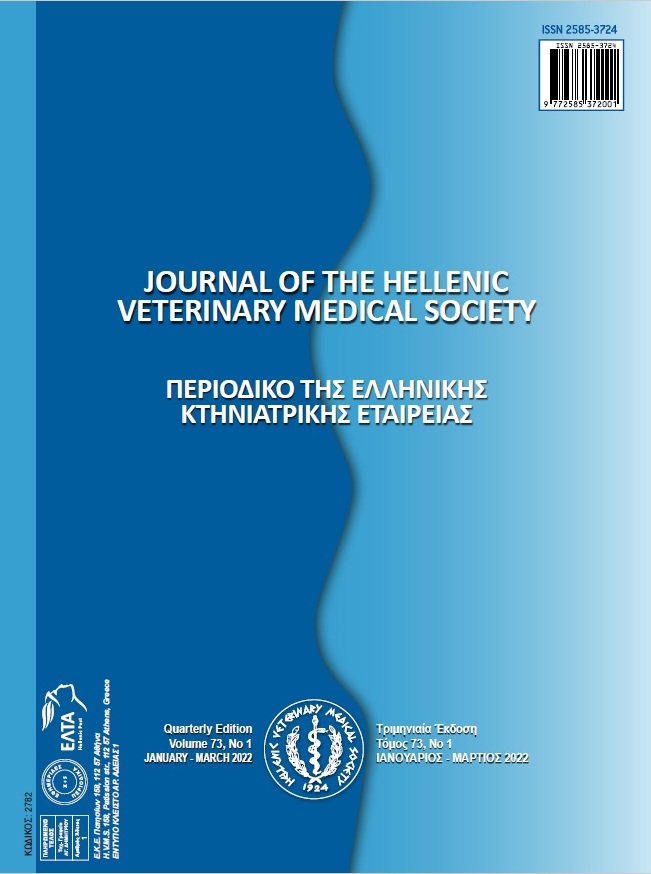Hemato-biochemical Profile of Ostriches (Struthio Camelus) based on Gender and Age of Birds
Аннотация
The present study was conducted to determine the hematobiochemical analysis of ostrich (Struthio camelus) with respect to gender and progressive age. A total of 40 apparently healthy ostriches of both genders and two progressive age groups; young one (1 year to 2.4 years: group A); and adult (2.5 years to 5 years: group B) in equal number were used in this study. Blood samples were collected from the wing vein of the ostriches maintained in one of the ostrich farms near the Gogra in Pakistan. For hematobiochemistry analysis, the serum samples were obtained by centrifugation @ 500g for ten minutes) of collected blood samples and kept in 1ml aliquots. The hematobiochemical parameters included total protein, glucose, urea, uric acid, creatinine, aspartate amino transferase, alanine aminotransferase, gamma Glutamyl transferase, lactic dehydrogenase, alkaline phosphatase, cholesterol, triglycerides, sodium, potassium, calcium, phosphorus and magnesium. The results showed a significant age-related difference (P<0.05) in all serum biochemical values, however, the non-significant difference (P<0.05) were observed in males and females within the same age group. The mean values of cholesterol, HDL-C, uric acid and creatinine were non-significant (P>0.05) between two age groups from immature to adult age and between the genders of the same age group. The statistical analysis explained that sodium (Na) and potassium (K) values were significantly (P<0.05) increased in immature than the adult ostriches. Keeping in view these findings, we may conclude that this preliminary study embarked on establishing a set of reference values in serum biochemistry of ostrich in Pakistan.
Article Details
- Как цитировать
-
umar, dr zaima, qureshi, anas sarwar, shahid, rehmatullah, & deeba, farah. (2022). Hemato-biochemical Profile of Ostriches (Struthio Camelus) based on Gender and Age of Birds. Journal of the Hellenic Veterinary Medical Society, 73(1), 3867–3874. https://doi.org/10.12681/jhvms.26038
- Выпуск
- Том 73 № 1 (2022)
- Раздел
- Research Articles

Это произведение доступно по лицензии Creative Commons «Attribution-NonCommercial» («Атрибуция — Некоммерческое использование») 4.0 Всемирная.
Authors who publish with this journal agree to the following terms:
· Authors retain copyright and grant the journal right of first publication with the work simultaneously licensed under a Creative Commons Attribution Non-Commercial License that allows others to share the work with an acknowledgement of the work's authorship and initial publication in this journal.
· Authors are able to enter into separate, additional contractual arrangements for the non-exclusive distribution of the journal's published version of the work (e.g. post it to an institutional repository or publish it in a book), with an acknowledgement of its initial publication in this journal.
· Authors are permitted and encouraged to post their work online (preferably in institutional repositories or on their website) prior to and during the submission process, as it can lead to productive exchanges, as well as earlier and greater citation of published work.



